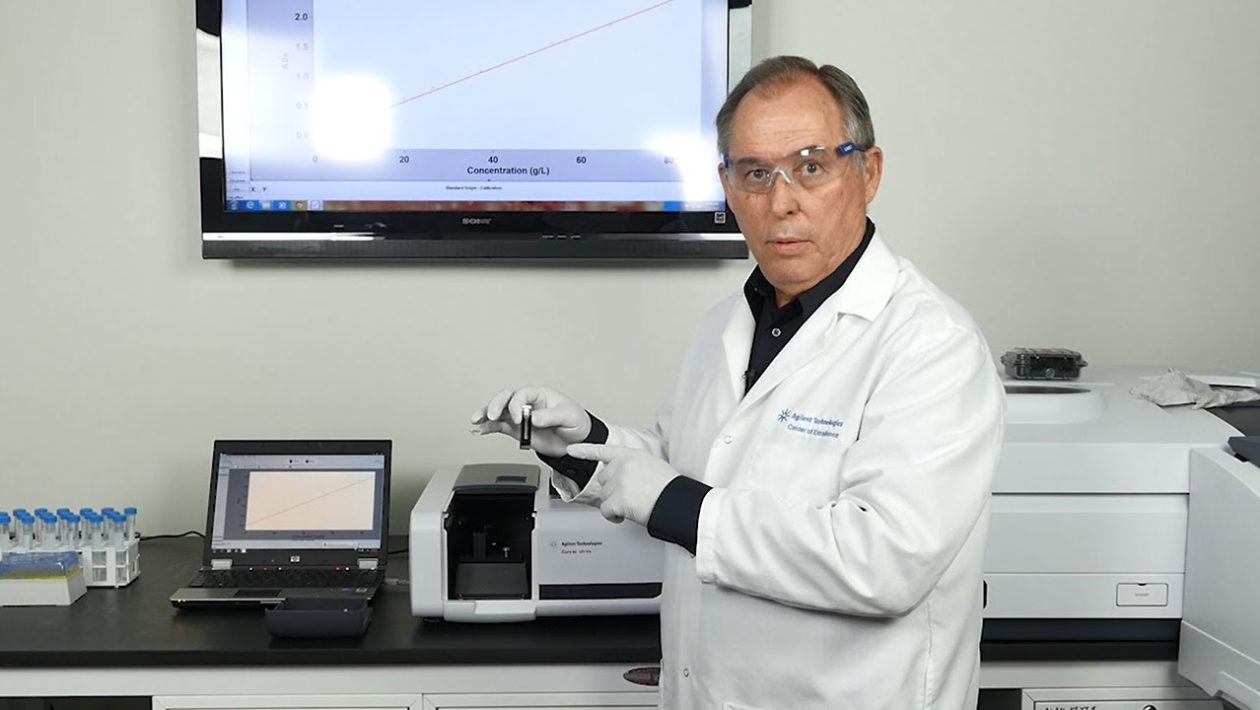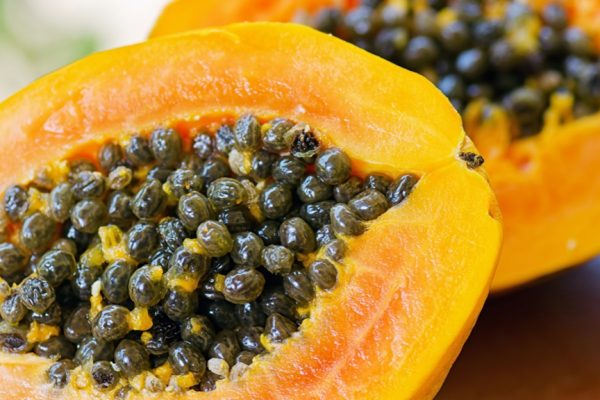Spectroscopy is a versatile technique used in science and industry to measure the amount of light absorbed by a sample. It is commonly used to quantify the concentration of substances in a solution and analyze the molecules’ structure.
This blog will discuss five critical applications of UV-Vis Spectroscopy in science and industry and how it can be used to analyze samples and inform decisions. This type of spectroscopy is a powerful tool for scientists and engineers alike, from monitoring the environment to quality control in food production.
Table of Contents
In the Lab
UV-Vis spectroscopy is a precious tool for scientists in the laboratory, as it provides a reliable and accurate way to measure the concentration of substances and track chemical reactions. The technique is beneficial in biochemical studies, as it can be used to measure the absorbance of light by molecules.
By measuring the amount of light absorbed at different wavelengths, scientists can identify unknown compounds, quantify the concentration of compounds, analyze reaction mechanisms, and investigate enzyme kinetics.
UV-Vis spectroscopy can also be used in physical chemistry, analytical chemistry, and biochemistry to study the properties of molecules. This versatile technique is essential in the modern laboratory, allowing researchers to conduct in-depth experiments and obtain invaluable data.
In Environmental Analysis
UV-Vis spectroscopy is a valuable tool in environmental analysis, allowing scientists to identify and quantify a range of organic and inorganic pollutants. This technique can detect trace metals such as lead, mercury, arsenic, and cadmium in air, water, and soil samples.
It can also measure the concentration of dissolved organic matter (DOM) in natural water systems. This DOM can be measured by analyzing the absorption spectrum of the sample in the UV-VIS range.
The UV-VIS technique can also monitor photochemical reactions in the atmosphere, such as converting NO2 to nitric acid. The total amount of pollutants present in an environment can be determined by measuring the intensity of UV radiation. This technique can also identify and quantify hazardous chemicals, such as pesticides and hydrocarbons, in water systems.
Finally, this technique has been used to detect and quantify persistent organic pollutants (POPs), which are compounds that remain in the environment for long periods. POPs can have serious adverse effects on human health and the environment, so it is essential to monitor their concentrations. Using UV-VIS spectroscopy, scientists can accurately determine the presence of POPs and measure their levels.
In Pharmaceutical Research and Development
The use of UV-Vis spectroscopy is an essential tool in the field of pharmaceutical research and development. It allows scientists to quickly identify and quantify compounds necessary for new drug development. UV-Vis spectroscopy is also designed to determine the absorption spectrum of a combination, which can then be compared to known compounds and their associated absorption spectra to identify them.
Additionally, since compounds typically have different absorption spectra at different concentrations, UV-Vis spectroscopy can also be used to quantify the attention of a compound in a sample. This allows scientists to ensure they are using accurate concentrations when conducting experiments in the lab, as well as to monitor the amount of a particular compound produced during the drug development process.
In Food and Beverage Quality Control
UV-Vis spectroscopy is a powerful tool used in food and beverage quality control. This analysis method is fundamental as it can test for impurities, adulterants, and spoilage in products. It also provides a quick way to verify the quality of ingredients and ensure compliance with regulatory standards.
Using UV-Vis spectroscopy, scientists can detect specific compounds or substances in food or beverages. This method can identify contaminants such as heavy metals, solvents, food additives, and toxic compounds that may be present in a product. It is also valuable for determining the nutritional content of a food or beverage product, allowing scientists to measure the number of vitamins, minerals, and other essential components in a sample.
In addition to detecting potential contaminants or impurities, UV-Vis spectroscopy can also be used to determine the shelf-life of products. This analysis helps to ensure that food and beverages meet safety standards for consumption by indicating when they may have spoiled or gone wrong.
UV-Vis spectroscopy is a versatile tool used in food and beverage quality control, as a result, it is extremely useful in ensuring the safety and quality of our products. By using this technique, scientists can quickly analyze a wide range of components in food or beverages, helping to ensure that they meet regulatory requirements and remain safe for consumption.
In Forensic Science
Forensic science has seen tremendous growth in the use of UV-Vis spectroscopy. This method identifies and differentiates biological samples, such as those found at crime scenes. By measuring light absorption at different wavelengths, investigators can determine the presence of specific proteins, lipids, carbohydrates, and other biomolecules.
UV-Vis spectroscopy also detects trace evidence, such as paint chips, hair follicles, and glass fragments. By analyzing the spectrum of reflected light from these objects, investigators can determine the color and composition of the material, which can be invaluable for determining the source of the evidence.
Additionally, this technology is used to identify chemicals used in illegal drugs and explosives. By measuring light absorption at various wavelengths, law enforcement can quickly determine the chemical composition of substances and even track down their source.
Finally, UV-Vis spectroscopy has been used to analyze drug packaging to trace illegal activities and identify suspects. By measuring the spectrum of light absorbed or scattered by the packaging, forensic scientists can determine if it has been tampered with or contains counterfeit products.
Overall, UV-Vis spectroscopy has become an invaluable tool in modern forensic science. This technology has revolutionized how law enforcement can investigate criminal cases, from identifying trace evidence and detecting illegal substances to analyzing packaging.
Conclusion
UV-Vis spectroscopy is an invaluable tool used in many scientific and industrial fields. It provides an efficient and accurate means of analyzing various materials, from pharmaceuticals to food products. This technique can detect contaminants in environmental samples, verify product quality, and even identify substances in forensic investigations. UV-Vis spectroscopy is a powerful tool for researchers and industry professionals with so many potential applications. By understanding the principles and capabilities of UV-Vis spectroscopy, scientists and engineers can use this versatile technique to understand their data better and make more informed decisions.





